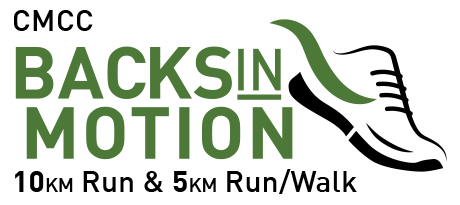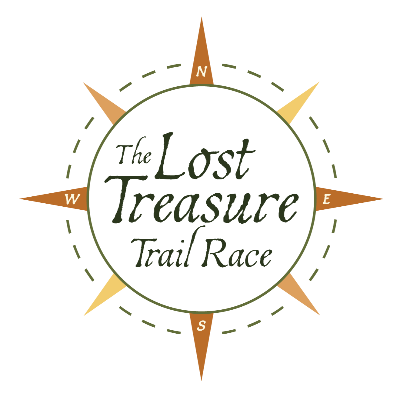I have reviewed Brooks shoes on multiple occasions, but this is my first time for trail shoes. I will start by telling you that I am NOT a trail running expert! I did one race at Rattlesnake Point many years ago and nothing since. This year, I was going to do EndurRun (7 races over 8 days for a total of 160 km) and in speaking with athletes from previous years, two of those stages (30 km Trail run and 25.6 km Ski Hill run) are recommended to have trail shoes. I am lucky enough to have Durham Forest (DF) close to our house but unfortunately, due to my schedule, I was only able to get a few trail runs in with the Cascadia 12 before EndurRun. But, as luck would have it, I was able to do the same route in DF back-to-back to compare the Cascadia 12 trail shoe with my regular Brooks Ghost.
I found the Cascadia 12 to be very comfortable. I have a very wide foot and did notice my pinky toe was rubbing a bit but not too bad. The shoe does come in a wide version which likely would have been better for me than the normal width. In saying that, I would still say that the toe box on the normal width version is roomy. When running the same trail in the Cascadia 12, the extra grip was noticeable over a variety of terrain. Another huge benefit was the rock plate. The rocky portions of the trail were more comfortable as you didn’t feel every stone your were running over compared to a normal running shoe. The extra grip from the aggressive lugs allowed for much better grip when running down (braking) as well as the up the steeper portions. The Cascadia 12 uses the Pivot Point System to add extra structure to the sole unit to keep you balanced when traversing rocky or uneven terrain. This became evident during my races.
When using the Cascadia 12 for EndurRun, overall I didn’t find the 30 km of trails to be technical in nature. There were only a few narrow sections with tricky spots but the grip and rock plate were still appreciated. I think I also liked the fact I was just in different shoes for a change! The 30 km trail run did get wet as I stepped in a huge mud puddle early. The upper unit of this running shoe is made of breathable mesh. It wraps around the foot securely. It even provides moisture-management, which maintains a dry and comfortable interior environment for the foot. It does this with the help of a layer of moisture-managing fabric called the Element Lining underneath the main upper fabric. It keeps the foot cool and dry at all times. I won’t say that it is waterproof as I did get soaked, but the puddle I stepped in, went up to my shins. I think the mesh helped dry as I ran because the rest of the race wasn’t as squishy as I was expecting. The aggressive lugs did clear the mud from the puddle so it wasn’t like I was carrying extra weight. When I used the Cascadia 12 for the Alpine race (2 days later), you couldn’t even tell that I tried to drown my shoes!
When running up and down the ski hill, I once again appreciated the extra grip. The Pivot Point System worked well but even though it helps on uneven terrain, you still need to pick your feet up which was evident by me wiping out on one of the loops. I seemed to have difficulty in that same section of the course where multiple tree roots were sticking up. Each time I went by I almost fell, but can only blame tired legs and not the shoes. I actually really enjoyed the fact the mid-sole is made of a foam compound called BioMoGo DNA cushioning system. It provides responsive and adaptive cushioning to the foot of the runner. It follows the shape and movement of the foot.
With the trail running I have done so far, the Cascadia 12 seem to be very durable but at this point, I can’t really comment further as I don’t have high mileage yet The construction of the shoe looks good. The outsole unit of the Brooks Cascadia 12 is made from environmentally friendly materials. I am looking to adding more miles over the winter and testing these shoes in the snow.
Personally, I like the colour of the shoes (Anthracite/Electric Blue), but some people have criticized that there aren’t enough colour options. Hopefully people are buying shoes for function over looks, but I realize that some people are picky that way.
In conclusion, even though I don’t have a lot of trail experience, I was impressed with this shoe and feel it would work well for anyone, even more experienced trail runners.
Technical Data from the Manufacture:
The Cascadia 12 are a Neutral trail shoe that can be used daily. The Mens shoe weights 343 grams and women’s is 298 grams. The heel to toe drop for both Men and Women versions are 10 mm. The heel height is 27 mm and forefoot height is 17 mm. Size and fit of the Cascadia 12 are a ½ size smaller than the standard running shoe lengths. It is advisable to go half-a-size up in order to receive a comfortable fit. The 3D Hex Lug Pattern further increases the traction capability of the outsole, effectively securing the runner on the chosen foothold. The Ballistic Rock Shield is made up of a thermoplastic EVA shield that’s layered between the outsole and the mid-sole. Its job is to protect the foot from getting hurt by stones, aggressive surfaces, and other debris on the trails.The Pivot Post System is a helpful set of points in the platform that balances the foot when tackling uneven and unpredictable terrain. There are two sets of pivot points in the medial and lateral sections of both the front and rear of the platform, and they act as pillars that keep the foot stable on harsher ground. A 5th point is placed in the first metatarsal area to further enhance balance, while also coaxing effective toe-offs.























